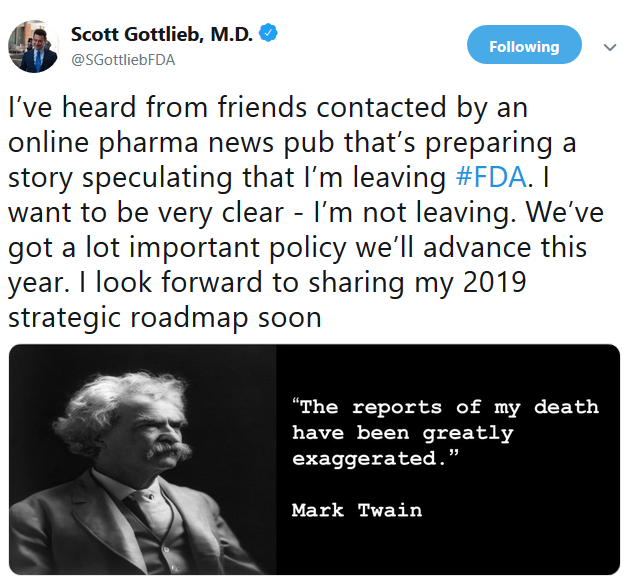FDA Conducting Review of Opioid Regulations
/By Pat Anson, PNN Editor
The U.S. Food and Drug Administration has launched an extensive review of its opioid regulations, with the goal of reducing overdoses and making revisions “to support appropriate use of opioid analgesics.”
In a blog post, FDA commissioner Robert Califf, MD, acknowledged the overdose crisis has “evolved beyond prescription opioids” and is now largely driven by illicit fentanyl and other street drugs. But he was vague about whether FDA would loosen restrictions on opioid pain medication or tighten them further.
“While the FDA’s previous strategies have largely focused on opioid use and overdoses, the evolving nature of the overdose crisis calls for both a new approach and honest reflection about what the FDA can do differently moving forward,” Califf said. “For example, during my confirmation process, I committed to undertaking a review of our opioid decisions, including labeling. We have initiated this review with the intended goal of understanding what revisions are needed to support appropriate use of opioid analgesics. Our ‘lessons learned’ will actively inform our future approach.”
One of the lessons learned by the CDC over the past few years is that rigid opioid prescribing guidelines have been harmful to patients and need to be “individualized and flexible.” The agency is currently in the process of revising its 2016 opioid guideline, with the goal of releasing an updated guideline late this year.
It’s not clear if the FDA is moving in a similar direction. One of the priorities for the agency’s new Overdose Prevention Framework is to “improve pain management and patient outcomes” – not by making opioids more accessible, but by reducing “unnecessary initial prescription drug exposure and inappropriate prolonged prescribing.”
Califf said the agency was studying the need for mandatory prescriber education about opioids, including a national continuing education program about the use of opioids to manage pain. Most medical schools in the U.S. and Canada do not require a course in pain education and few even offer pain management as an elective.
The FDA may also tighten the rules for getting new opioids approved, including a requirement that drug makers demonstrate that their products offer material safety advantages over existing opioid analgesics. At the same time, the agency is planning to release new guidance to speed up the development of non-opioid and non-addictive treatments for chronic pain.
This is the 70-year old Califf’s second stint as FDA commissioner, having previously served in that role during the Obama administration. He was confirmed for a second time by the U.S. Senate last December by a narrow 50 to 46 vote. At the time, he promised an extensive review of the FDA’s opioid regulations to counteract complaints that the agency did little to prevent opioid misuse and was too accommodating to drug makers.
Federal efforts to reduce drug overdoses by limiting opioid prescriptions have largely failed. While opioid prescribing has fallen by 48% over the past five years, overdoses soared to a record 107,000 drug deaths in 2021, driven primarily by illicit fentanyl.
A recent study found no “direct correlation” between opioid prescribing and overdoses. Another analysis of overdose deaths in 2020 found that prescription opioids ranked well behind illicit fentanyl, alcohol, cocaine, methamphetamine and heroin as the leading cause of drug deaths.
















